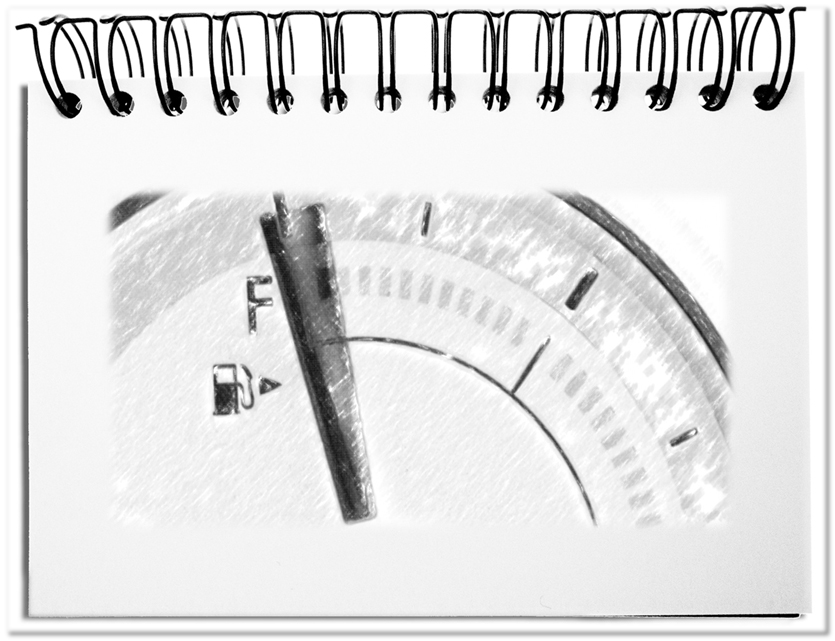Imagine somebody is planning a trip from Hannover to Madrid and is trying to fill his VW Golf with 100 liters gasoline. Without a petrol canister more than 50 liters would leak immediately on the floor of the filling station, since the tank can not absorb this quantity. Even if this sounds unreal, this craziness happens every day in all companies. The managers demand results from the employees, which go far beyond realistic expectations. External support gets purchased, although there is not sufficient internal capacity to support the measures. Objectives are simply not aligned with the available capabilities. In the absence of meaningful parameters, practical experiences and realistic conditions, the adequate quantity spooks through the entire planning process like a phantom.
This phantom generates at least one of the following three effects.
- If more does not offer anything more
Goodwill is not enough, if one reaches the limits of the capacity. The furnishing with the necessary resources does not lead to any advantages, if the workload can no longer be stemmed by the existing workforce. If external support is planned in areas, where collaboration with internal people is required, but they do not have time, then it is as if the tank is full and still being filled. A lack of an overview of the workload, incorrect estimates of the required person days and ignoring the basic conditions of an initiative lead to wasting the tight budget. In this case more does not offer anything more. - If too little offers nothing at all
The smarter approach seems to be the use of less than necessary from the outset. This is the case when sufficient capacities are available internally, but in the procurement of external support money is spared. The task can not be controlled with the available internal know-how. Nevertheless, insufficient support is provided – perhaps in the hope that one gets more than one pays. This is as if you want to drive far away, but the tank is not filled the way that one can drive with an economical driving style so that there would be at least a chance to arrive. Without having any idea of the required quantity, with the hope that the outcomes will be produced by themselves and with distrust of the external service providers, this prevents the desired results. In this case, too little is not only correspondingly less, but it leads to a total failure of the task. - When the right amount draws the line
The appropriate approach is based on clear objectives, anticipatory costs and the transfer of estimates to existing resources. Not only the available times of the individual employees are taken into account, but also their personal knowledge and experience as well as an estimation of the set-up times. In addition, the expenses of the external parties must be assessed and assigned to the individual tasks. In sum, one comes to an estimate, which must be mercilessly integrated into the timeframe. Trivialization, gossip, or veiling in order to whitewash the planning may create the impression that the planning is good. Practically, it is only a matter of time before the hidden difficulties arise and the initiative fails. Two thirds of the projects fail due to poor planning. Ambitious targets, cost pressure and the lack of employees put the planners under pressure. With all the effort, however, there is nothing to be done but to fit into the situation, to adjust the objectives to the available capacities and financial resources. In the end, the right amount determines the limit of the achievable.
Bottom line: For almost all, it is comprehensible that one can drive less far, the less one puts gas into the tank. However, this seems not to apply to the planning of projects. On the one hand, resources are wasted, because they do not fit into the internal realization possibilities. On the other hand, means are greedily spared, in the hope of reaching far enough – maybe the initiative fails anyway and one can make this failure more cost-efficient. The right amount can not perform magic, but make the goals reachable. As long as a corresponding feel for the adequate quantity is missing, all have to look for the phantom of the adequate quantity.

